|
|
|
|
Species Photo Gallery for Populicerus pallidus No Common Name 6 |
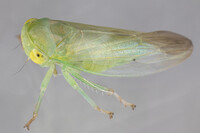 | Photo by: S.V. Hendrix
Out Of State Co.
Comment: adult female. det Joel Kits via specimen. 6.1mm in length. | 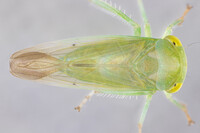 | Photo by: S.V. Hendrix
Out Of State Co.
Comment: adult female. det Joel Kits via specimen. 6.1mm in length. |
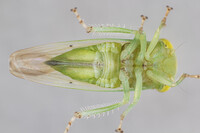 | Photo by: S.V. Hendrix
Out Of State Co.
Comment: adult female. det Joel Kits via specimen. 6.1mm in length. | 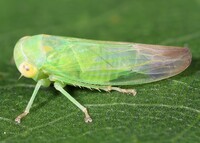 | Photo by: Rob Van Epps
Mecklenburg Co.
Comment: Found on Black Willow (Salex nigra). |
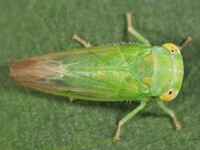 | Photo by: Rob Van Epps
Mecklenburg Co.
Comment: Found on Black Willow (Salex nigra). |  | Photo by: Rob Van Epps
Mecklenburg Co.
Comment: Found on Salex nigra (Black Willow). |
|

 »
»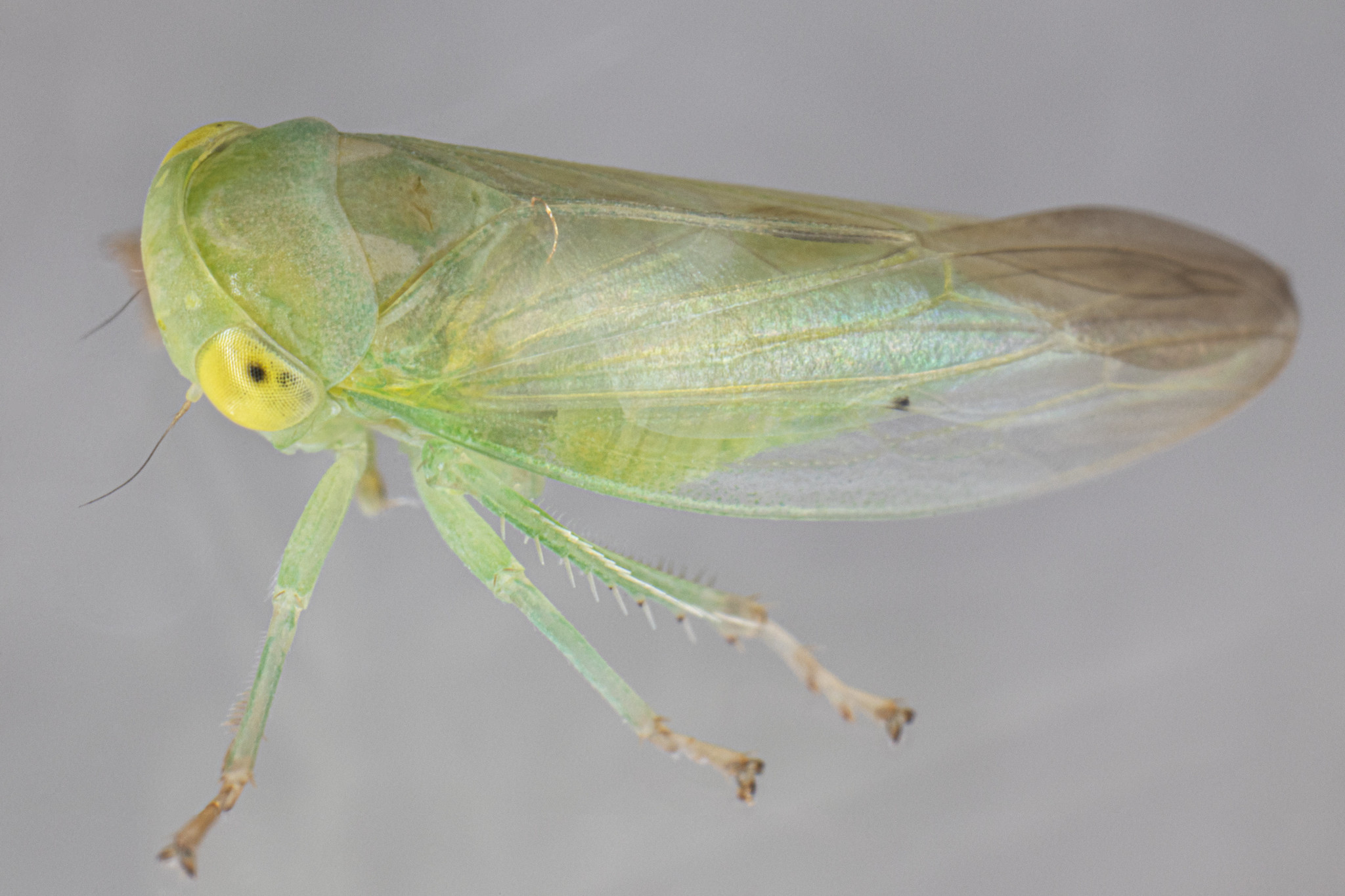
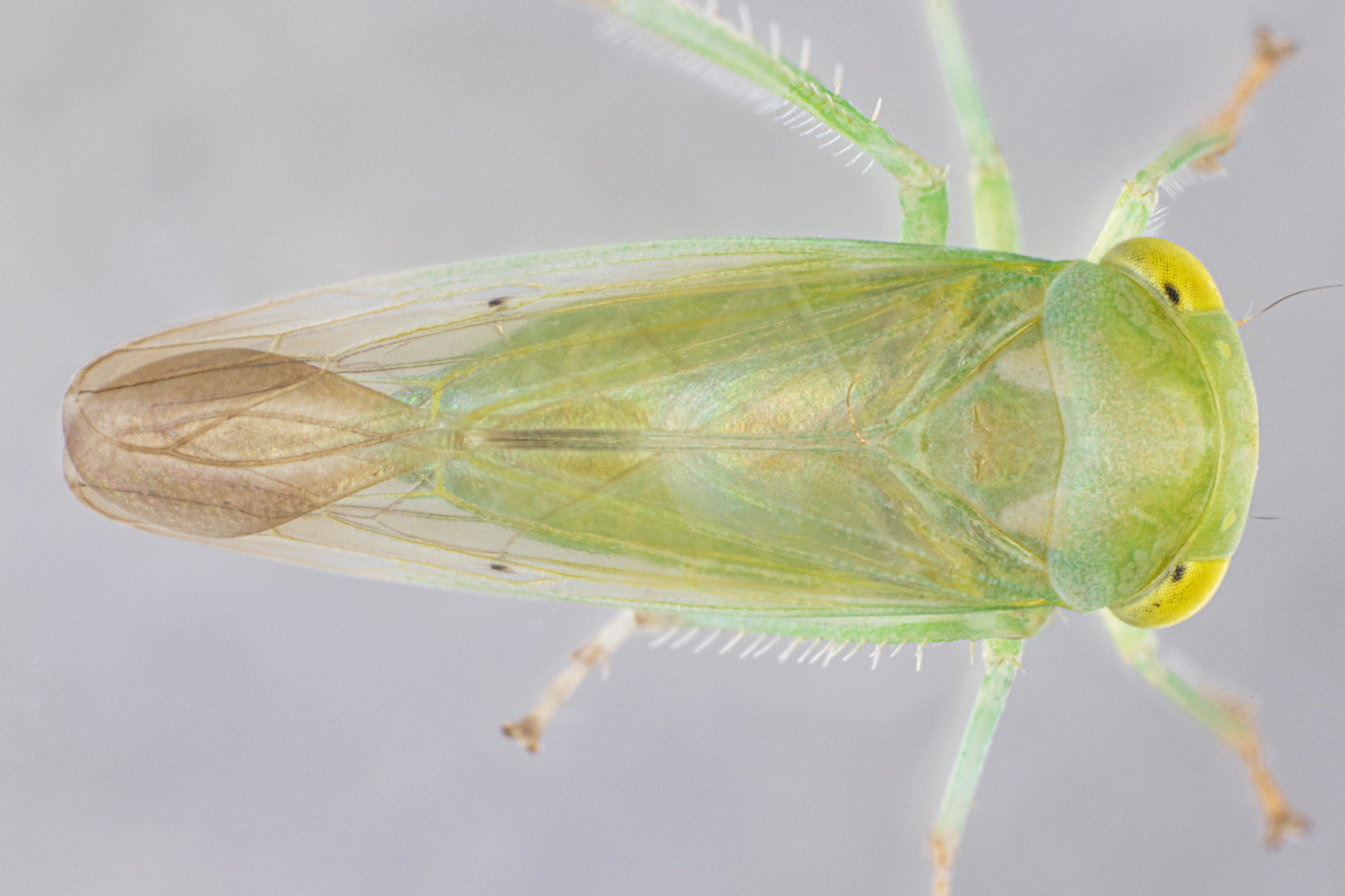
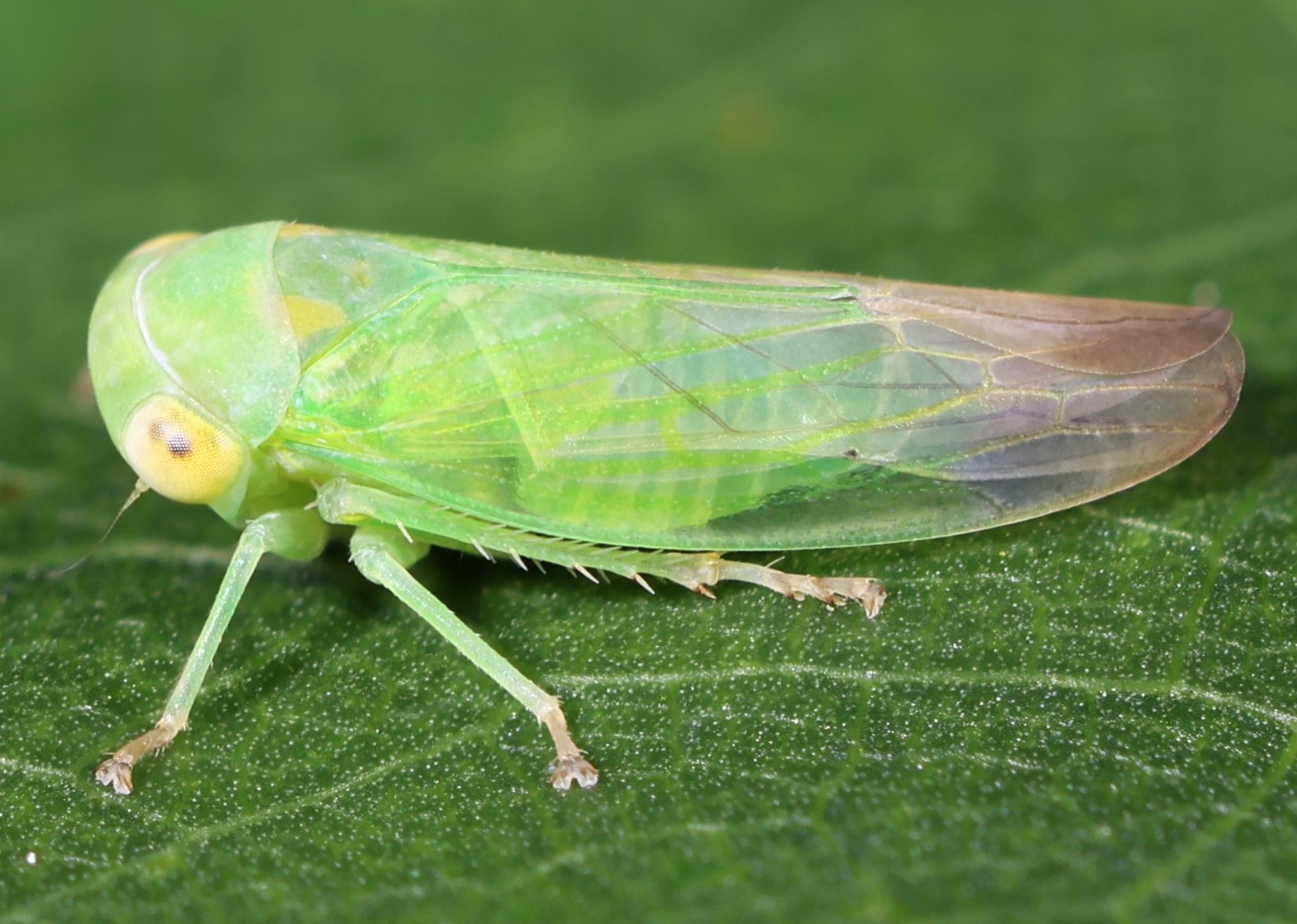
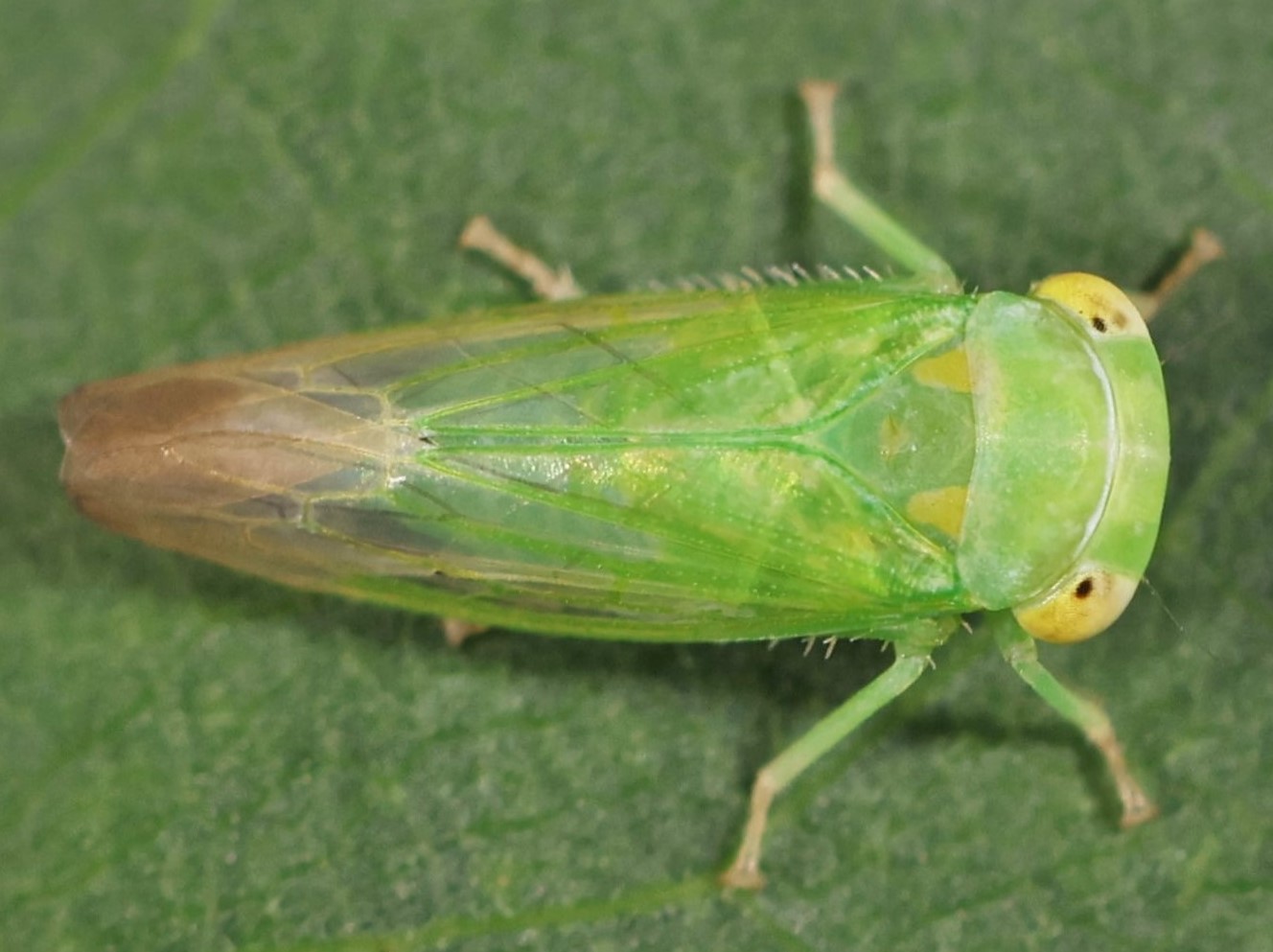

 »
»


